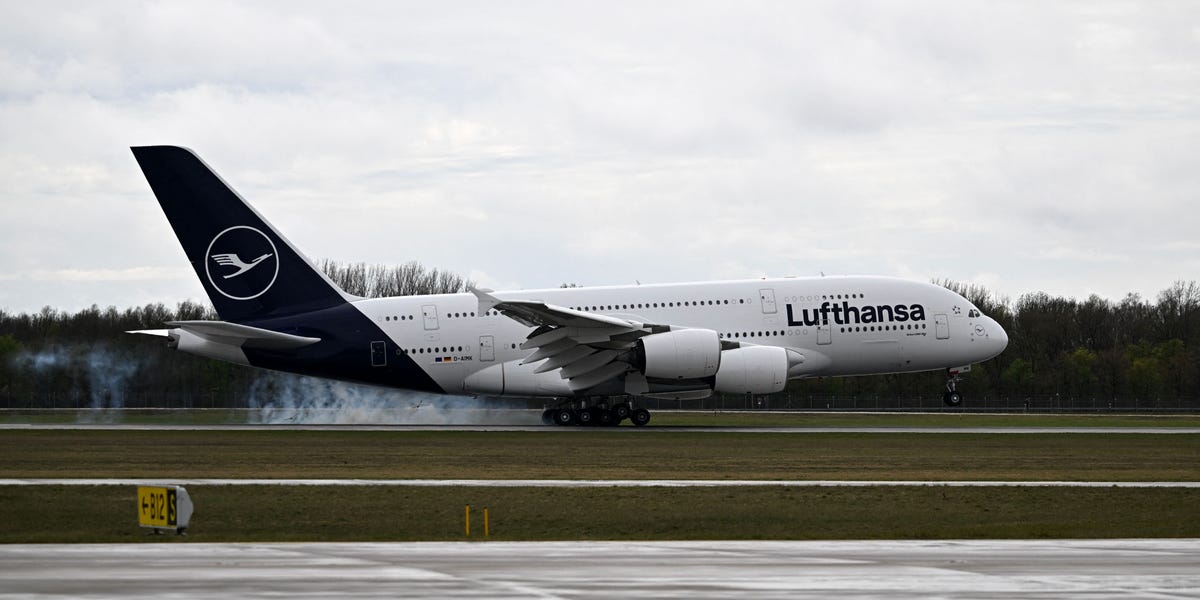Mid-Flight Mayhem: Passenger's Tablet Trap Forces Dramatic Flight Diversion

A routine transatlantic flight took an unexpected turn when a Lufthansa Airbus A380 was forced to make an unscheduled landing in Boston due to an unusual technical difficulty. The incident centered around a passenger's tablet—reportedly an Apple iPad—becoming lodged in the business class seat mechanism.
What began as a standard journey quickly became a logistical challenge for the flight crew. The stuck device prompted the pilots to make the strategic decision to divert the aircraft to Boston, ensuring passenger safety and preventing potential mechanical complications.
While details remain limited, the incident highlights the potential disruptions that can arise from seemingly minor equipment mishaps during air travel. The diversion underscores airlines' commitment to addressing even small technical issues that could compromise passenger comfort or aircraft functionality.
Passengers likely experienced a mix of frustration and curiosity as their Munich-bound flight was rerouted, transforming what was expected to be a straightforward trip into an unexpected adventure. The incident serves as a reminder of the complex protocols and quick decision-making required in modern aviation.
